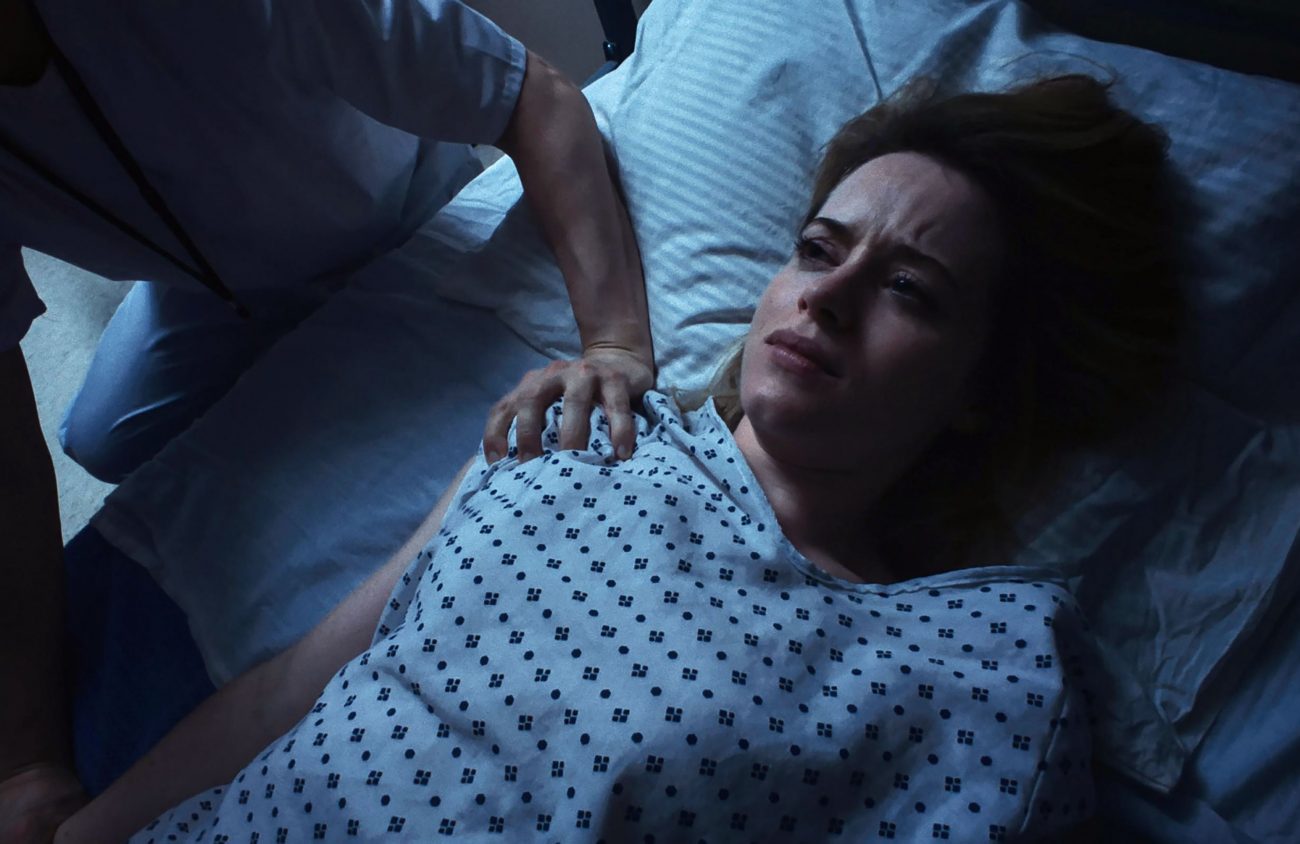Franz Kafka’s The Trial opens on a terrifying scene: Joseph K., a mild-mannered bank clerk, wakes up one fine morning to find he’s been placed under arrest for unspecified charges by mysterious agents working for an unnamed agency. It goes downhill from there. The clerk, struggling to discover the exact nature of his guilt, descends into a tangled bureaucracy of civil courts and brothel-like backrooms that increasingly resembles the existential quicksand of a nightmare.
Metaphors abound: Is Joseph K. a victim of evil outside forces? Is he being gaslighted? Is he insane? Or, instead, are we all equally guilty? Is life simply a trial that inevitably ends in madness and pointless death? Is this the price of original sin? The arbitrary injustices of the totalitarian state run amok? Or just one big mind-fuck?
Yes, all of the above, because the very term Kafkaesque implies that the inexplicable webs we get caught up in are not distinct and historic but, instead, an expression of life itself, and all of a piece. At any given moment, and therefore always, we are caught up in cosmic traps we cannot describe, explain or escape.
Unsane, the new film by Steven Soderbergh, begins with a premise that is fetched right out of Kafka: Sawyer Valentini (the wonderful Claire Foy), a victim of stalking, signs up for a support group only to discover that, somehow, she’s become involuntarily committed to a mental institution. What’s worse, her stalker (Joshua Leonard) is, inexplicably, a staff member at the institution, though of course Sawyer’s increasingly violent protests are treated as delusions.
Eventually a fellow inmate (Jay Pharoah) reveals to Sawyer the exact nature of the conspiracy snaring them both, though this information is only a single piece of the puzzle; it explains her captivity, but not her stalking. The screenplay, written by Jonathan Bernstein and James Greer, moves in ever-tightening circles as Sawyer’s isolation and seeming madness are caught in a spiral of coincidence that becomes increasingly evident and absurd.
Enlarge

About halfway through, Unsane ditches the expansive paranoia (and, therefore, the complex metaphors) of its opening scenes and enters B-movie territory, becoming a psycho cat-and-mouse thriller with a burgeoning body count. Unlike Samuel Fuller’s unsettling Shock Corridor (1963), which used the premise of involuntary commitment to reveal the ways an insane asylum mirrors society’s ills, Soderbergh’s film hones in on the solitary threat to Sawyer herself, stripping away the grander themes in order to arrive at a devastating showdown.
This is not to say that the film is ineffective. It is suspenseful and scary, if not as mind-bending as it wants to be. The cast carries the film, especially Foy and Leonard, who build a malevolent dynamic that recalls Jodie Foster and Anthony Hopkins in The Silence of the Lambs. Their moments together are the best thing about the film, creepy and cunning with exploited vulnerability.
Shot entirely by Soderbergh with an iPhone 7 Plus, the film is also a technical wonder. The play of light and shadow is stunning, and the framing of the screen is at once squashed and elongated, creating vistas that evoke the aggrieved watchfulness of a panic state. The saturated colors, coupled with the boxy depth of field (like an unforced force perspective), bring to mind both the unnerving angularity of Kubrick and the digital blanching of Danny Boyle. It’s a pretty cool technique, and it fits the subject matter exceptionally well.
It’s difficult to imagine the film turning out any different than it does, given the choices it makes. I enjoyed it, and yet I wanted something more. It seems almost two separate films — a horror film masquerading as social commentary, or vice versa. It’s a matter of tone.
In Kafka’s The Trial, a single act opens up into a grand conspiracy; in Unsane, a grand conspiracy is reduced to a single individual, to the exclusion of the multiple forces that brought him, unaccountably, to terrorize a single person. Perhaps that’s the point, but if so, it creates a kind of erasure. The system gets off scot-free, so long as the bad guy gets got. ■
